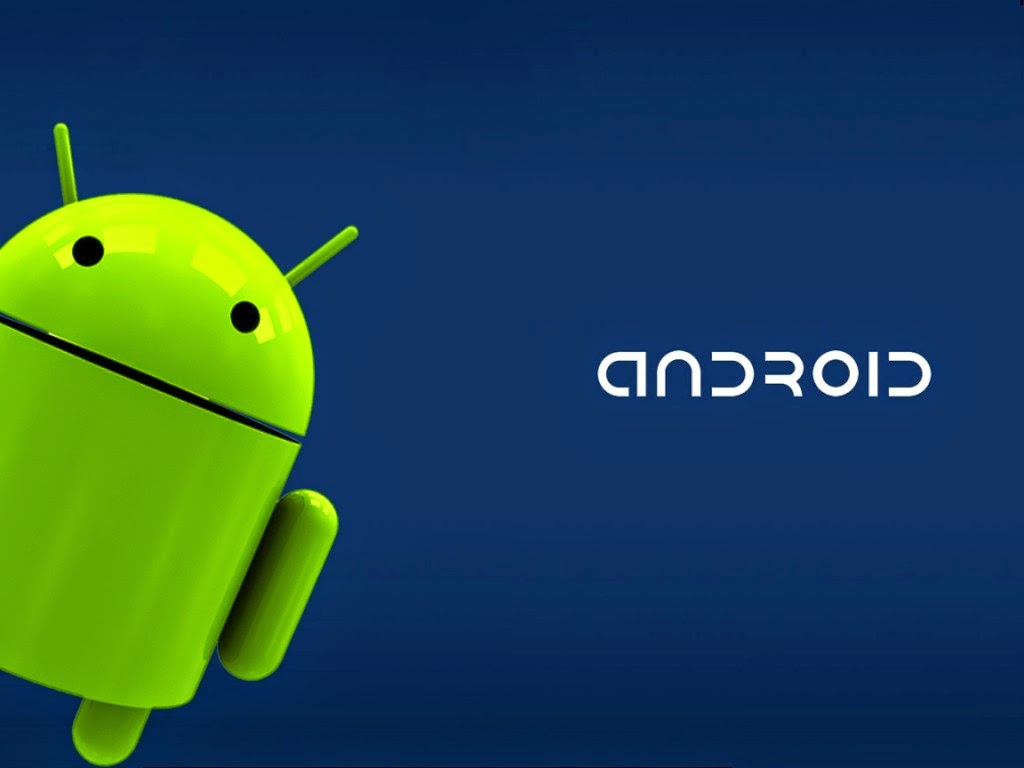
Even more new smartphones running under Windows Phone 8.1, the latest flavor of Microsoft’s mobile operating system, are starting to arrive around the world, and the most recent of them has been revealed today by Chinese vendor HiSense.
This is one of the mobile phone makers to have revealed partnerships with Microsoft earlier this year, and it has already launched another device running under Windows Phone 8.1, in the form of HiSense MIRA6. The new smartphone, however, is a bit special, as it has been announced as the very first Windows Phone device to include Dual-SIM CDMA+GSM capabilities. What this means is that the phone will be released with the Windows Phone 8.1 Update 1 (GDR1) platform version right from the start. Microsoft...



 8/05/2014 07:34:00 PM
8/05/2014 07:34:00 PM
 dannzfay
dannzfay













